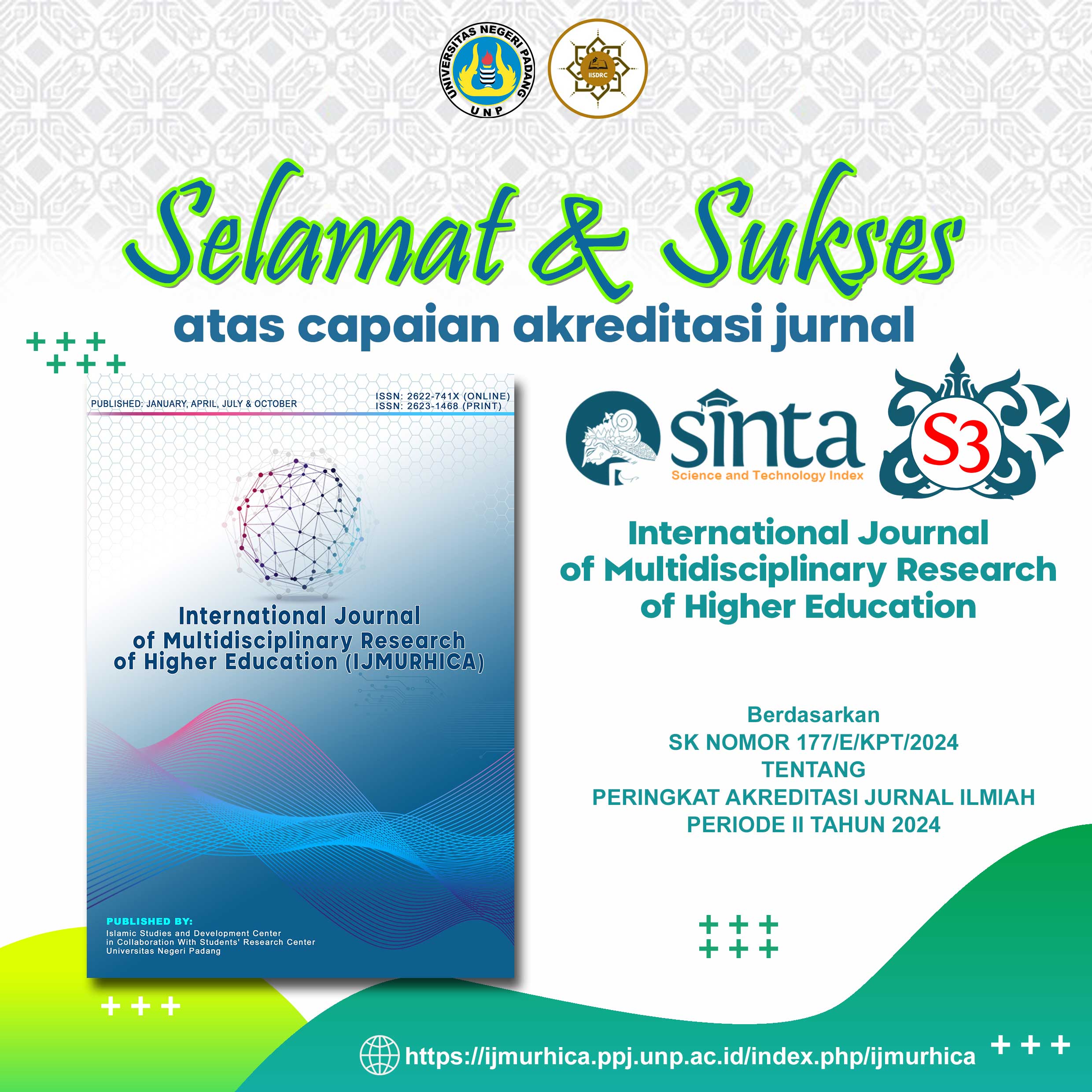Problems of Learning Arabic in Islamic Boarding Schools
DOI:
https://doi.org/10.24036/ijmurhica.v6i3.141Keywords:
Problems, learning Arabic, students' difficulties in Arabic, thematic analysis, Nvivo12Abstract
This study aims to describe how the problems of implementing Arabic language learning in private Boarding School. This study used a qualitative method with a case study approach. Sources of research data were taken through direct interviews with ten informants (principal, Arabic teacher, and eight students), using a set of interview protocols, to strengthen the research data the authors made observations for three months by being directly involved in the learning process such as practical learning, theoretical learning, and midterm exams. All interview and observation data were then analyzed by means of thematic analysis using the Nvivo12 software. Overall, the research findings found eight problematic themes in the implementation of Arabic learning. The eight themes are divided into three aspects including problems originating from the students themselves, three aspects originating from the teacher's weaknesses in learning Arabic, and two aspects originating from the school itself. The results of this study, hopefully, can be used as initial data for future researchers by discussing this problem with different contexts and issues.






